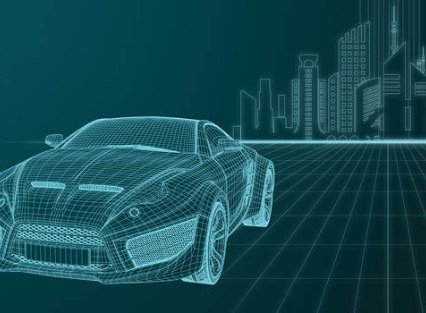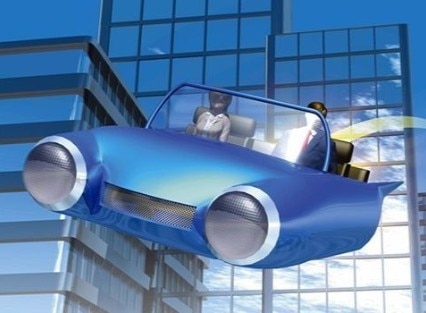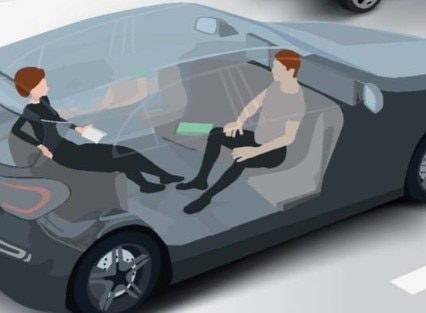Looking back at old futuristic movies and television shows, the creative people who made them did those same two things. Interestingly, most believed how we were going to traverse this planet would be vastly different. Be it some type of Star Trek transporter that digitizes your molecules and sends them hurtling through space, or a personal spaceship that you use to commute, the future thinkers in Hollywood didn’t start their shared vision resigned to the idea they would be jumping in a car and driving themselves to their next destination.
So how close are we to ditching our personal cars in the future? While we may not be up to personal flying taxis yet, it does seem that reality may finally be catching up with the hype. A handful of companies are pursuing various level-4 RoboTaxi services (where the car is totally in control and humans are just passengers) to build urban rideshare networks in the coming one to three years. These are being planned for cities and surrounding suburbs and the race to launch and commercialize these RoboTaxi’s is all about building a powerful network effect. This network effect is determined by who can introduce and scale safe, reliable, fast, and low-cost urban RoboTaxi fleets.
But there’s more to come. Around 2020-2021 we expect to see more autonomous vehicle (AV) features sold on personal cars — like vehicles that can drive themselves on highways — and offered in the same way advanced safety options are today. In the early/mid 2020s, we see the expansion of AVs into personally-owned vehicles that consumers can subscribe to. An AV Subscriber network attempts to preserve the value of instant-car-access “ownership” with a shared network. A ‘lease’ payment for an AV Subscriber would include use of the car, plus insurance and maintenance. In addition to extra AV safety features on this car, the car will drive itself to get serviced in the middle of the night or a new car with enough seats to pick up the whole family at the airport can be sent to your house overnight. The consumer can also decide to leverage the network platform for peer-to-peer sharing and have their car make money when it’s not being used.
Ultimately, we see the RoboTaxi networks and the AV Subscriber network integrating together and once you own the network, new forms of mobility can be integrated — such as “flying cars” operating on certain routes. We estimate the U.S. high-population-density urban RoboTaxi addressable market (TAM) alone could exceed $350 billion — with high margins for the network leaders — yielding a nearly $1 trillion enterprise value create at 15x EBIT (earnings before interest and tax). We also we see the market for Tier-1 suppliers in advanced driver-assistance systems and autonomous vehicles rising to > $100 billion by 2030E from the current $5-6 billion today and the post 2021 adoption curve for AV being steeper than expected.
With cars sorted out, what else should we change in the future?
Car of the Future v4.0
The Race for the Future of Networked Mobility
If you were asked to think outside the box and give your vision of the future there are two things you would need to do. First, you would need to categorize those things that you think will stay constant throughout time, next, you would think of those things that will change. On the constant side, you may believe you’re always going to live in a house-like structure on land versus living underwater, or that you’re always going to wear clothes and not a digital outfit projected from your cell phone. On the change side, however, you probably have a mix of things you envision could be improved in the future.
Click here to view the report in full.
Subscribe to Citi GPS
Keep up to date with our latest insights.
Sign up to receive the latest news from Citi.
Select Preferences


